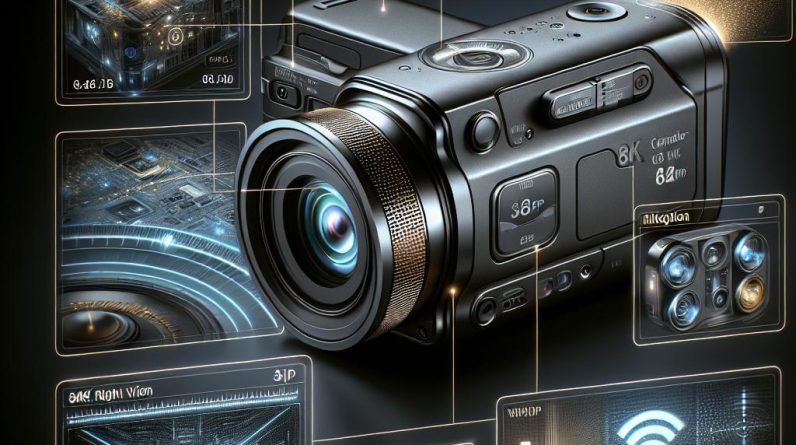Join us as we explore the remarkable journey of Wilhelm Roentgen and his groundbreaking discovery of X-rays in 1895. From the eerie glow of the first vacuum tube to the stunning radiograph of his wife’s hand, witness how an accidental find transformed medical imaging forever! ⚗️💡 Discover how these innovative technologies, from CT scans to MRI machines, have reshaped the way we diagnose and treat patients today. Don’t miss out on this fascinating look at the past and its impact on our modern world!
🔬 #XRayRevolution #WilhelmRoentgen #MedicalImaging #HistoryOfMedicine #ScienceMagic
The Accidental Discovery That Revolutionized Medicine: The Birth of X-Rays 🩻✨
The Serendipitous Moment of Discovery
on November 8, 1895, a German physicist named Wilhelm Conrad Röntgen stumbled upon one of the most meaningful breakthroughs in medical history. while experimenting with cathode rays, he noticed that a nearby fluorescent screen began to glow even though it was not connected to the apparatus. This curious emission prompted Röntgen to investigate further,leading him to discover a new form of radiation that he dubbed “X-rays.”
The Fascination of X-Rays
This newfound radiation had the astonishing ability to penetrate solid objects, including human tissue, but not denser materials like bones. The implications of this discovery were immense, offering a non-invasive method for medical professionals to visualize the internal structures of a human body.
X-Rays and Their Impact on Medicine
The introduction of X-rays transformed the landscape of modern medicine, enabling significant advancements in diagnostics and treatment.Here are some key impacts:
- Diagnosis of Fractures: X-rays became the backbone of imaging for detecting bone fractures, aiding in immediate treatment.
- Detection of Diseases: Conditions like pneumonia, tumors, and foreign objects can be identified through X-ray imaging.
- Guidance in Surgery: X-rays allow surgeons to navigate complex anatomy during procedures.
How X-Rays Work
X-rays are a type of electromagnetic radiation, similar to visible light but with shorter wavelengths.When X-rays pass through the body, different tissues absorb them at different rates:
| Tissue Type | Absorption Level |
|---|---|
| Air | Low |
| Fat | Moderate |
| Soft Tissue | Moderate to High |
| Bone | High |
This differential absorption creates image contrast, allowing for clear visualization of various bodily structures on an X-ray film or digital screen.
Benefits of X-Ray Technology
X-ray technology has numerous essential benefits in the medical field:
- Speedy Results: X-ray imaging is fast, providing immediate assistance in emergencies.
- Non-Invasive: This imaging technique is generally non-invasive, minimizing patient discomfort.
- Diverse Applications: Beyond orthopedics, X-rays are utilized in dentistry, cardiology, and oncology.
Modern Advancements in X-Ray Technology
The world of radiology has evolved, with digital X-rays replacing traditional methods:
- Faster Imaging: Digital X-rays substantially reduce the time required to capture images.
- Lower Radiation Exposure: Advancements have led to lower doses of radiation being used.
- Enhanced Image Quality: Digital images can be enhanced and manipulated for better diagnostics.
Practical Tips for Patients Undergoing X-rays
Patients frequently enough have questions or concerns regarding X-ray procedures. Here are some practical tips:
- Notify Your Doctor: Inform your healthcare provider if you are pregnant or suspect you might potentially be.
- Remove Metal Objects: Metallic items can interfere with image quality; remove jewelry, glasses, and other accessories.
- Follow Instructions: Adhere to specific instructions, such as holding your breath when necessary, to ensure clear images.
Case Studies highlighting the Importance of X-Rays
Numerous instances where X-rays made a vital difference in medical outcomes can be highlighted:
- Case Study 1: Early Detection of Lung Cancer
– A 50-year-old smoker undergoing a routine chest X-ray had shadows identified early, leading to a timely biopsy and treatment.
- Case Study 2: Diagnosis of Fractures in Athletes
– An X-ray revealed multiple fractures in the wrist of an athlete after a fall, allowing doctors to stabilize the injury promptly.
First-Hand Experiences: Patients’ Testimonials
Understanding how X-rays have positively affected patients adds a personal dimension:
“I went in for an injury evaluation, and the X-ray made all the difference.They pinpointed exactly where I was hurt, and my treatment was swift!”
– Sarah J., 28
“As a frequent visitor to the hospital for various reasons, I appreciate how quick and informative X-rays are. It’s made dealing with my health much smoother.”
– Tom L., 45
Conclusion: The Legacy of X-Rays
As Röntgen’s remarkable discovery, X-rays have remained a cornerstone of diagnostic medicine. They continue to evolve and improve, playing a pivotal role in enhancing patient care and outcomes.






